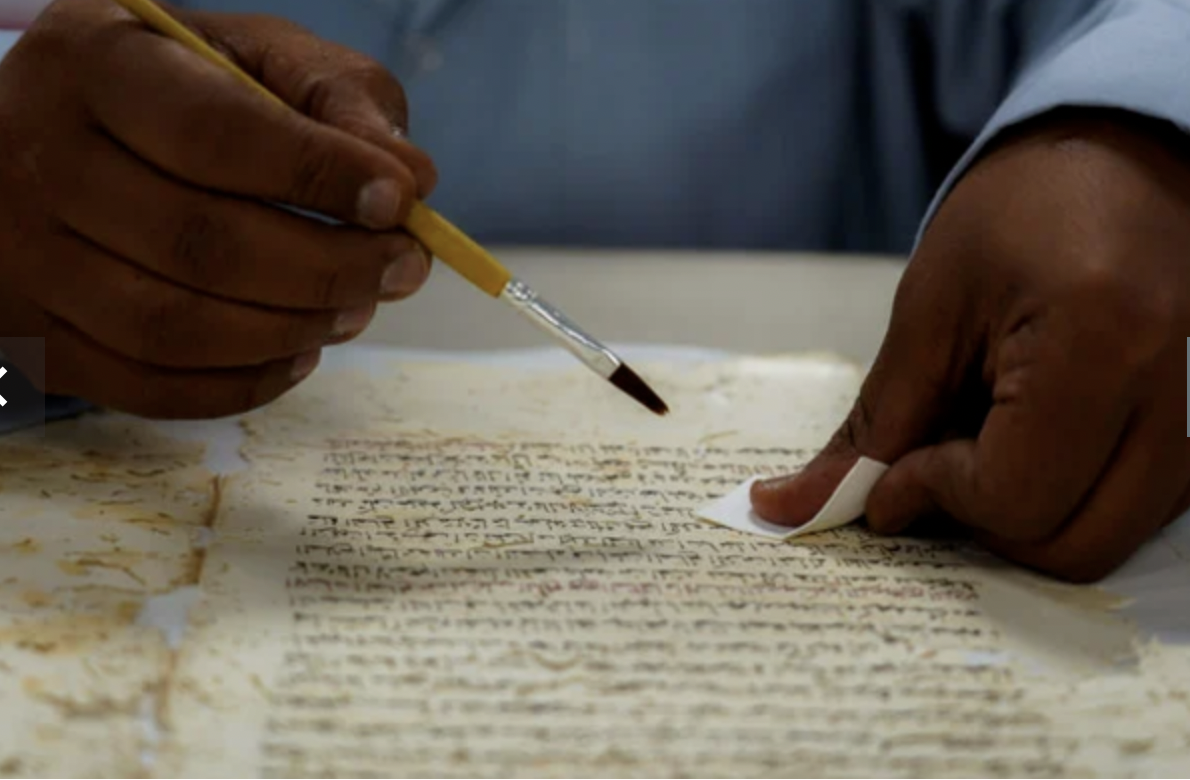All these manuscripts were kept by the King Faisal Centre for Islamic Research and Studies and date from before the 1400s. Decorated by calligraphers and adorned with illustrations, these Arabic and Islamic texts are said to be among the rarest in the world, and were carefully selected among the King Faisal Centre's extensive library of over 28,500 manuscripts and 120,000 photographic items.
The exhibition is divided into six parts:
- The first one is dedicated to how science was transmitted across civilizations, while showcasing various manuscripts, one of which — “Kalila wa Dimna” — was owned by King Faisal.
- The second section showcases three manuscripts that are more than a thousand years old, displayed as examples of Arabic calligraphy down the ages, including “Al-Bayan wa Al-Tabyin,” which translates as “Elegance of Expression and Clarity of Exposition,” by Al-Jahiz.
- The third section focuses on three works that look back at women's contributions to society.
- The fourth section, entitled "By the Author’s Hand", displays nine works by copyists. One of the most unique manuscripts in the fourth section is Ibn Khaldun's "Kitab al-Ibar wa Diwan al-Mubtada wa al-Khabar".
- The fifth section presents rare documents, featuring eight manuscripts which are unique in the world, including one called "News of Women" by Usamah ibn Munqidh. She was an Arabic poet who lived during the reign of Salahuddin Al-Ayyubi, the Sultan of Egypt.
- The sixth and final section, titled “Gutenberg’s World,” showcases ten printed books from Germany’s first modern printing press in the mid-15th century. According to Al-Fawaz, the most famous of the earliest prints is the Hamburg Qur’an, the second oldest printed copy of the holy book after the Venice copy.
Photo: copyrights Huda Bashatah / Arab News.
